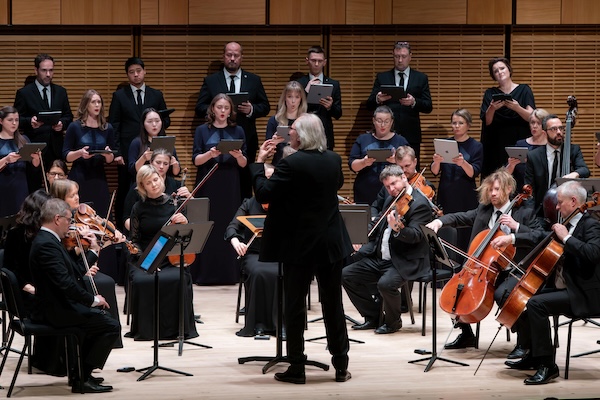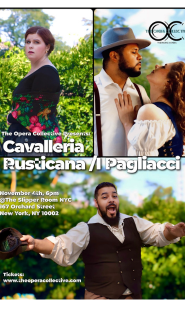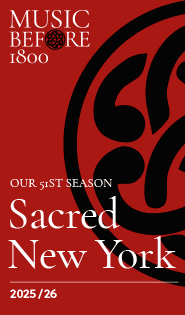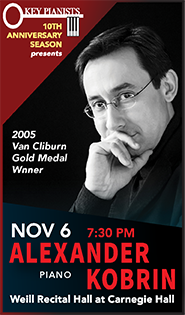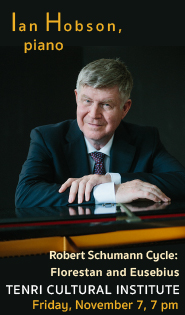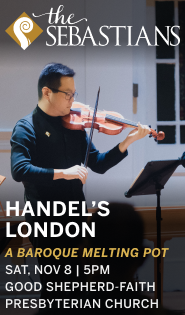Kaljuste, Estonians mark Arvo Pärt at 90 with a luminous choral tribute
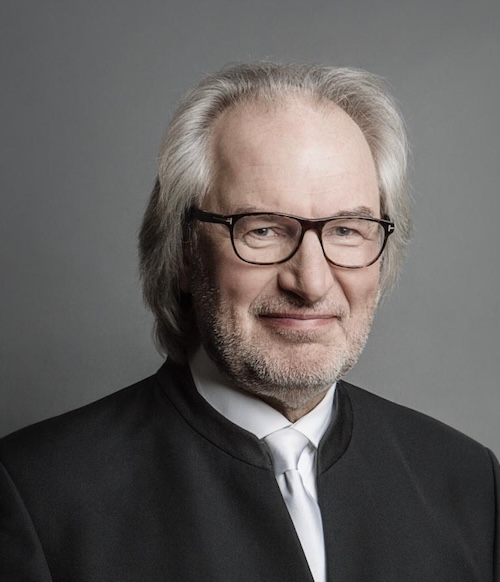
For a man who is probably this century’s most performed living composer, Arvo Pärt can be a tough fit in the concert hall.
But that is where to hear his music this fall in New York City, where his 90th birthday (September 11) is being celebrated in a series of concerts at Carnegie Hall. Friday night, that brought the Estonian Philharmonic Chamber Choir, the Tallinn Chamber Orchestra, and conductor Tōnu Kaljuste into Zankel Hall for a program of mostly liturgical music.
And therein lies the awkward fit. Pärt writes ravishing and dedicated liturgical music. It’s such a part of his being that his “tintinnabuli” style borders on mystical, even in purely abstract instrumental works like Fratres. A style like that wants to be in church, and the technical qualities of Part’s composing, the simple harmonies, Medieval forms, and empty space, come alive most vividly in the vaulted stone resonance of a cathedral.
Instead, the musicians had to contend with the dry acoustic of Zankel, playing music more sensitive than most to the standard audience noises of coughing, unwrapping candy, and dropping phones on the floor. Plus Zankel has the bonus of being next to the 57ᵗʰ Street N/Q/R/W station. Fortunately, none of that interfered with the fine performances from these ensembles.
The musicians and Kaljuste are longtime Pärt collaborators, close to being a dedicated specialty group a la the Philip Glass Ensemble. They understand the sound, a balance of precise intonation, slightly underplayed expression, and an uncanny mix of severity, warmth, physical delicacy and emotional robustness. All those qualities were present in the first two works, Für Lennart in memoriam for string ensemble, and the setting of the religious myth L’abbé Agathon, sung by soprano Maria Listra.
The Lennart of the first title was former Estonian president Lennart Meri, a childhood friend of the composer. It was specifically requested by the dying Meri to be played at his memorial service, and is fantastically moving because its careful concision allows the listener space for their own feelings. The strings had a wonderful grain, tactile and shining.
Listra had her own notable quality, pure-toned with an earthy, folky touch. One step removed from the typical sound of liturgical music, L’abbé Agathon was excellent for the narration of Saint Agathon and the leper, the music moving from the prosaic (at least as much as Pärt can be) to the ethereal, Listra managing the stratospheric climb at the end like a knife through water.
The last piece before intermission was Pärt’s Stabat Mater setting. This started an extended sequence of liturgical music that continued after intermission with the Magnificat and Te Deum, performed as one piece.
These were exceptional all around, the playing so focused and immersive that the experience grow deeper and more gripping, note by note, until the musicians built something of their own sacred space inside Zankel. The combination of focused intonation in the strings and choir—plus the modest size of the ensemble—made it easy to pick out individual voices and their colors. Kaljuste’s ideal pacing and superb management of dynamics made these performances tremendously involving.
At first, one enjoyed the basic pleasure of hearing this beautiful music played so well, and then one realized that things like the dramatic changes to major key tonality, the pauses in time, even the choir’s articulation of each word, were inexorably building an out-of-time timelessness at the heart of Pärt.
Add the rapturous, glistening encore of the composer’s choral version of Vater Unser (the “Our Father” prayer) and this was not only a rewarding musical performance but a cleansing and renewing experience.
Violinist Gidon Kremer leads a tribute to Arvo Pärt, 7:30 p.m., December 4, in Zankel Hall. carnegiehall.org
